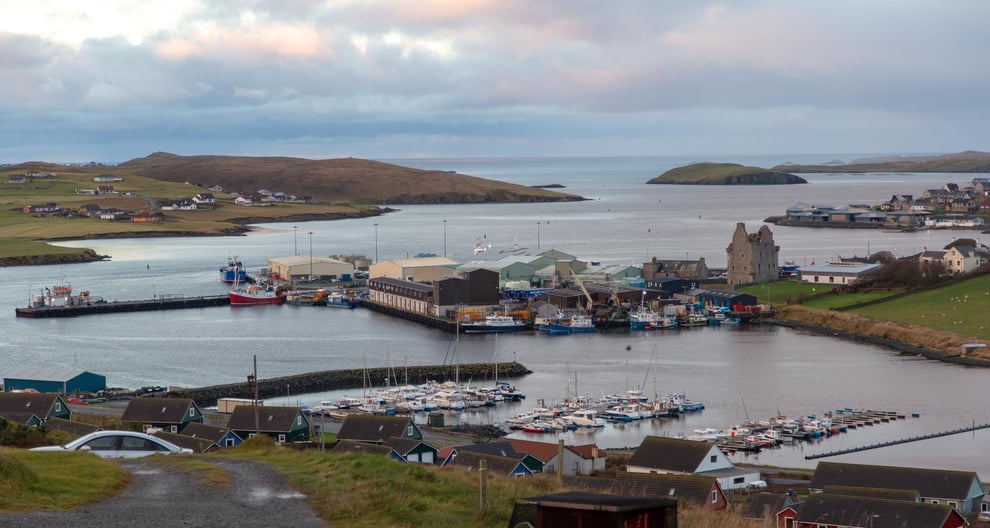Scalloway on Shetland close to where the human remains were found. PIC: Tom Parnell/Creative Commons.
The discovery of 26 skeletons in a front garden in Shetland is set to shed new light on ancient life in Scotland’s most northerly isles.
The human remains, which were likely laid to rest aroud 500 to 600 years ago, were found in Upper Scalloway on the Shetland mainland after a homeowner started digging to build a shed for his children’s bikes.
It is believed the skeletons were buried on land which formed part of an Iron Age Village, which was first discovered in the 1980s and centred round a broch, or a large stone tower.
Earlier Pictish-era finds, including painted pebbles and a bone comb, were also discovered at the site indicating that it was occupied some 600 years before the Iron Age settlement took shape.
Val Turner, archaeologist with the Shetland Amenity Trust, said the remains could shed new light on life in Shetland through time, with advances in archaeological science set to offer up new information about those living on the islands hundreds of years ago.
Read the rest of this article...

No comments:
Post a Comment